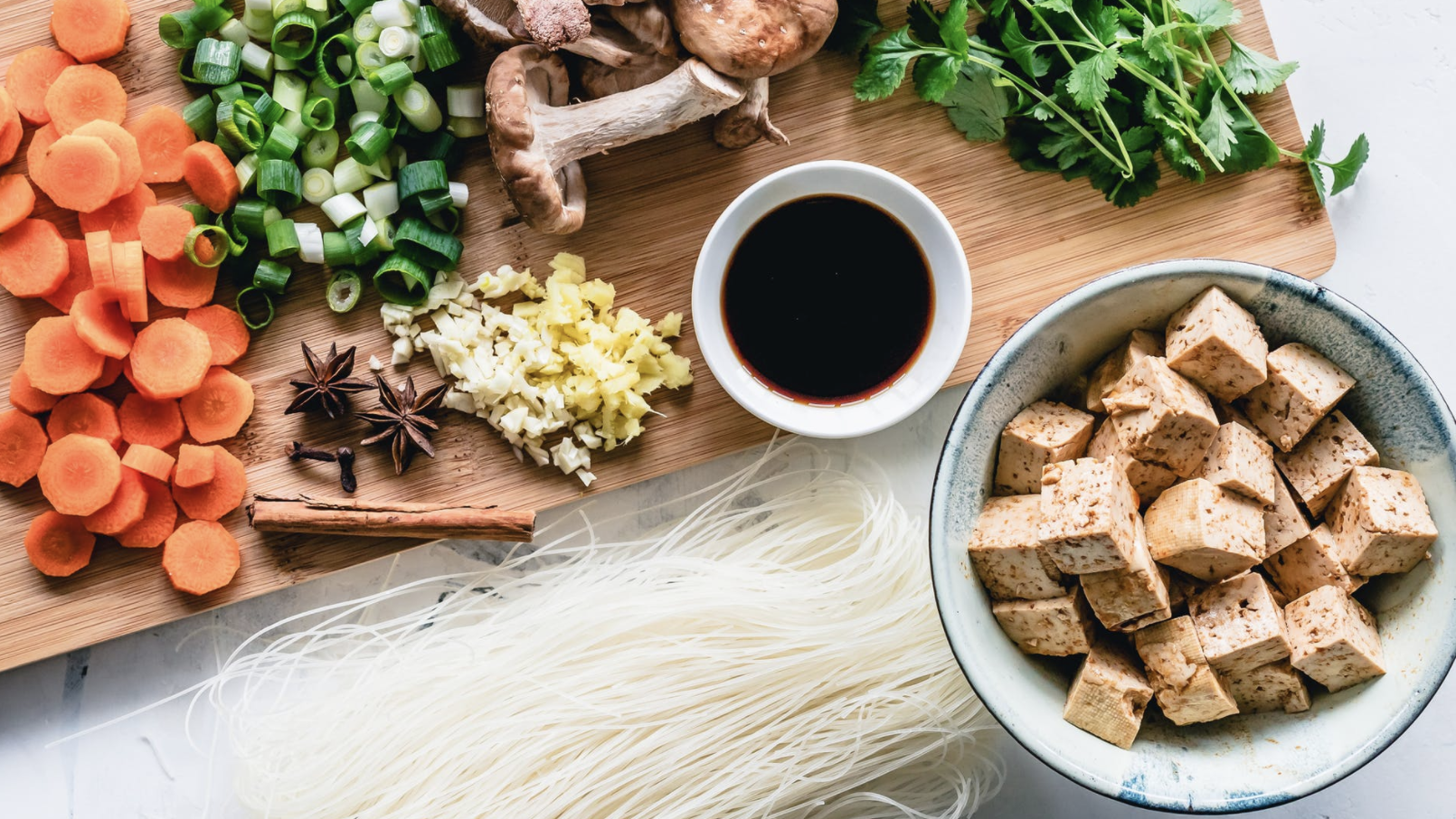
If you have ever made the decision to eat vegan, vegetarian, or simply aimed to eat more plant-based, you’ve probably been asked, “But where will you get your protein?” The common belief that we must be reliant on meat, eggs, or dairy to fuel our bodies with an adequate amount of protein is simply untrue, especially today. With so many alternatives on the market, choosing to eat partially or fully plant-based does not have to result in sacrificing essential nutrients. Options range from simple and accessible, such as dried beans and lentils, to fancy lab-perfected meat alternatives that emulate our favourite meat dishes – I’m talking about you, Beyond Meat burger.
Why plant-based?
One reason that many people are choosing plant-based diets is that it has proven to lower cardiovascular disease and cancer by naturally decreasing the intake of saturated fats. Some of the most common sources of saturated fat include red meat, whole milk, and cheese. A diet rich in saturated fats can increase total cholesterol, potentially leading to blocked arteries.
Environmental impact
Plant-based proteins are also chosen by those who wish to minimize their carbon footprint. Production of plant foods tends to be less resource-intensive and environmentally destructive for a number of reasons, especially due to lower levels of greenhouse gas emissions compared to raising animals for human consumption.
Nutrients
Proteins are complex molecules comprised of combinations of 22 naturally occurring amino acids, the building blocks of protein.
It is essential to focus on the balance and intake of all the necessary nutrients, particularly protein, vitamin B12, iron, and zinc. Acquiring these nutrients is relatively straight-forward with meat-heavy diets. However, when first making the switch to plant-based protein sources, it generally requires a bit more thought and preparation to ensure that you are ticking all the boxes.
Plant-based diet can be an important part of a good therapeutic plan for many health problems. It is more cleansing and detoxifying than the usual higher-fat diets because it contains a greater percentage of dietary fibre and watery fruits and vegetables.
Where to start
For plant-based eaters who avoid all animal products including dairy, we recommend rotating your plant-proteins and eating a variety of different combinations to ensure that you are giving your body all of the amino acids it needs. Keeping a grocery list on hand of plant-based proteins is a great way to make sure that you are purchasing items that will provide you with adequate amounts of protein. This takes out the guesswork, so you won’t have to look back on your grocery shop and hope that you bought enough protein-rich items each time!
Here is a list of some foods with a high amount of protein per serving:
Seitan: Because of its texture and appearance, seitan is used in many vegan and vegetarian restaurants to create “mock” meat dishes. It can be pan-fried, sauteed, and grilled – it’s versatility is a large reason why it is so popular in the plant-based community. Seitan is made from gluten, so for this reason, it should be avoided by people who have celiac disease or gluten sensitivity.
The soybean trio: Tofu, Tempeh, and Edamame. Soybeans are considered a whole source of protein, meaning that they provide us with all the essential amino acids that our bodies need. If you regularly frequent Japanese restaurants, you may occasionally eat salted edamame beans as an appetizer. Another way to enjoy these beans is tossed in a chili garlic oil. Trust me, it’s delicious! Edamame beans are also an excellent addition to salads and buddha bowls.
Tempeh is a traditional Indonesian soy product that is made from fermented soybeans. It is made by a natural culturing and controlled fermentation process that binds soybeans into a cake form. Tempeh has a hearty taste thanks to being loaded with umami from this fermentation process, so it is a great option for a meat substitute.
Tofu is made from a totally different process: bean curds are pressed together in a way that is close to cheesemaking. Although tofu does not have much taste on its own, it absorbs the flavours of the ingredients it’s prepared with like no other. There is also a vast range of tofu options at the grocery store. You can buy silken tofu, which is best used for desserts, soft, medium-firm, firm, extra firm, and even pre-flavoured tofu. The opportunities really are endless when it comes to cooking with tofu.
Lentils: Lentils have 18 grams of protein per cooked cup, and about 50% of your recommended daily fibre intake. They are also rich in antioxidants, folate, manganese, and iron. This powerhouse of a protein source is dirt cheap and can be used in fresh salads, soups, and Indian dahl curry. If you haven’t tried dahl, it’s a must!
Beans and Chickpeas: These plant-based protein sources contain approximately 15 grams of protein per cooked cup, and are packed with complex carbs, fibre, iron, folate, phosphorus, potassium, and manganese. Here are a few suggestions off the top of my head on how to enjoy beans and chickpeas: make homemade chili, chana masala curry, crispy roasted chickpeas, black bean brownies, salads, buddha bowls, or burrito bowls.
Nuts: one ounce of nuts (and seeds) contain between 5-7 grams of protein. They are also great sources of fibre, healthy fats, iron, calcium, magnesium, selenium, phosphorus, vitamin E and some vitamin B vitamins. Remember that raw, unblanched versions of nuts are always going to retain the most nutrients.
Oats: Half a cup of dry oats provides you with about 6 grams of protein and 4 grams of fibre, as well as a decent amount of magnesium, zinc, phosphorus, and folate. Oats can be used in veggie burger recipes, ground up to replace all-purpose flour in some baking recipes, and of course, eaten as a hearty breakfast. If the traditional bowl of oatmeal doesn’t sound too exciting to you, remember that there are a number of mix-ins that can greatly improve flavour. For example, “carrot cake” oatmeal, chocolate (add in some cocoa powder), peanut butter, and apple-cinnamon.
Spirulina: This is a type of blue-green algae that is very popular in the vegan community. Powdered spirulina can be easily added to smoothies in the morning for a protein boost (4 grams per tablespoon!) or even to salads, soups, or granola bars.
Chia Seeds: These seeds are tiny but mighty. Two tablespoons provide 4 grams of protein, as well as omega-3s, iron, calcium, magnesium, and selenium. When put in liquid, chia seeds form a gel-like substance that is perfect for making puddings or even for use as an egg substitute in baking. They are also a perfect topping for oatmeal, salads, or smoothie bowls.
Sources: https://www.healthline.com/nutrition/complete-protein-for-vegans
https://www.healthline.com/nutrition/protein-for-vegans-vegetarians https://www.ncbi.nlm.nih.gov/pmc/articles/PMC6316289/ https://www.health.harvard.edu/staying-healthy/the-truth-about-fats-bad-and-good
Leave a Comment
You must be logged in to post a comment.



0 Comments